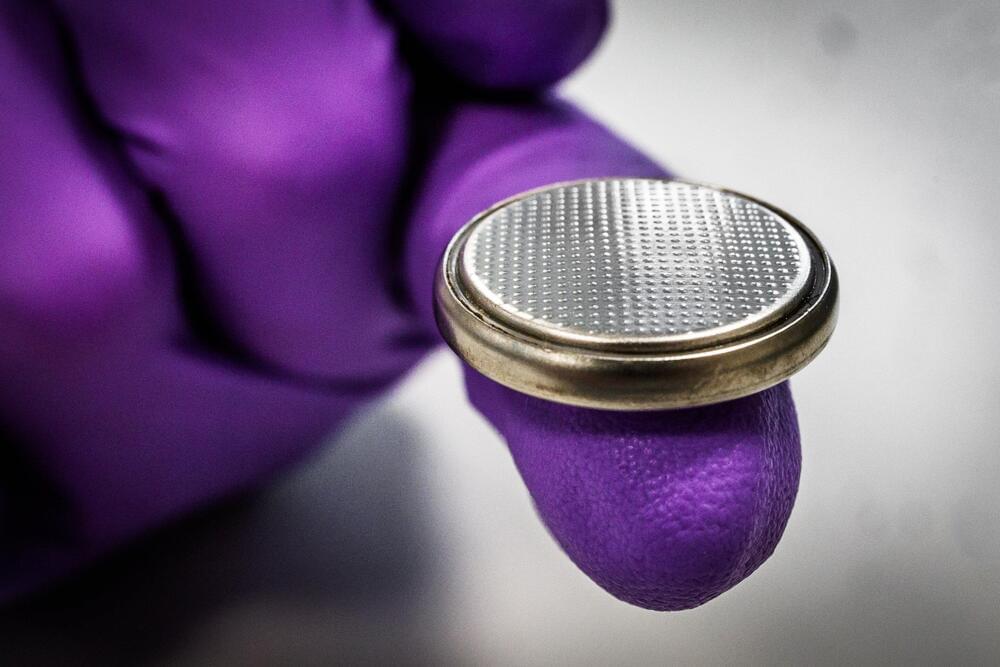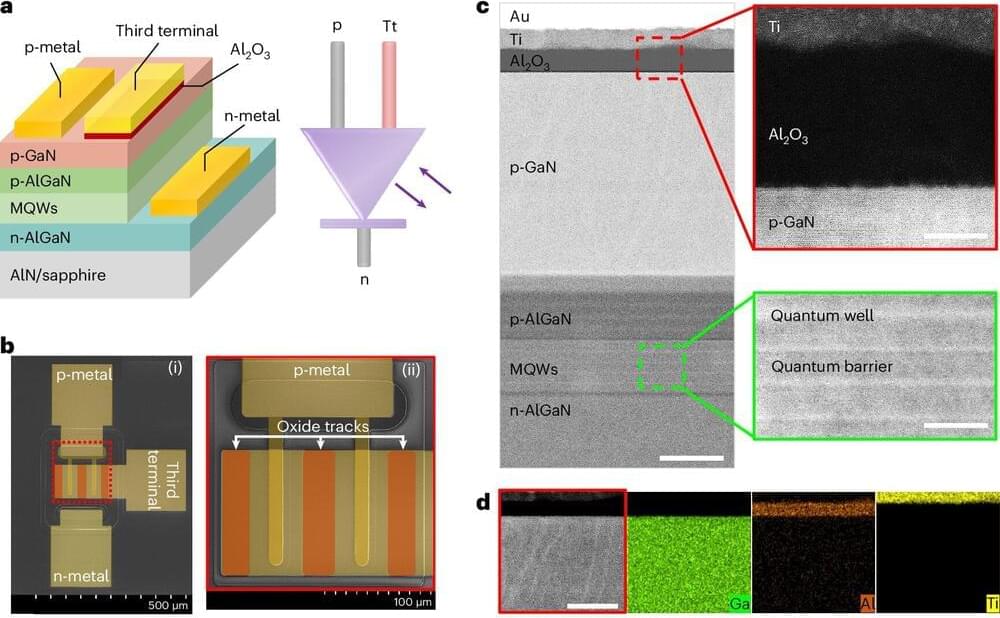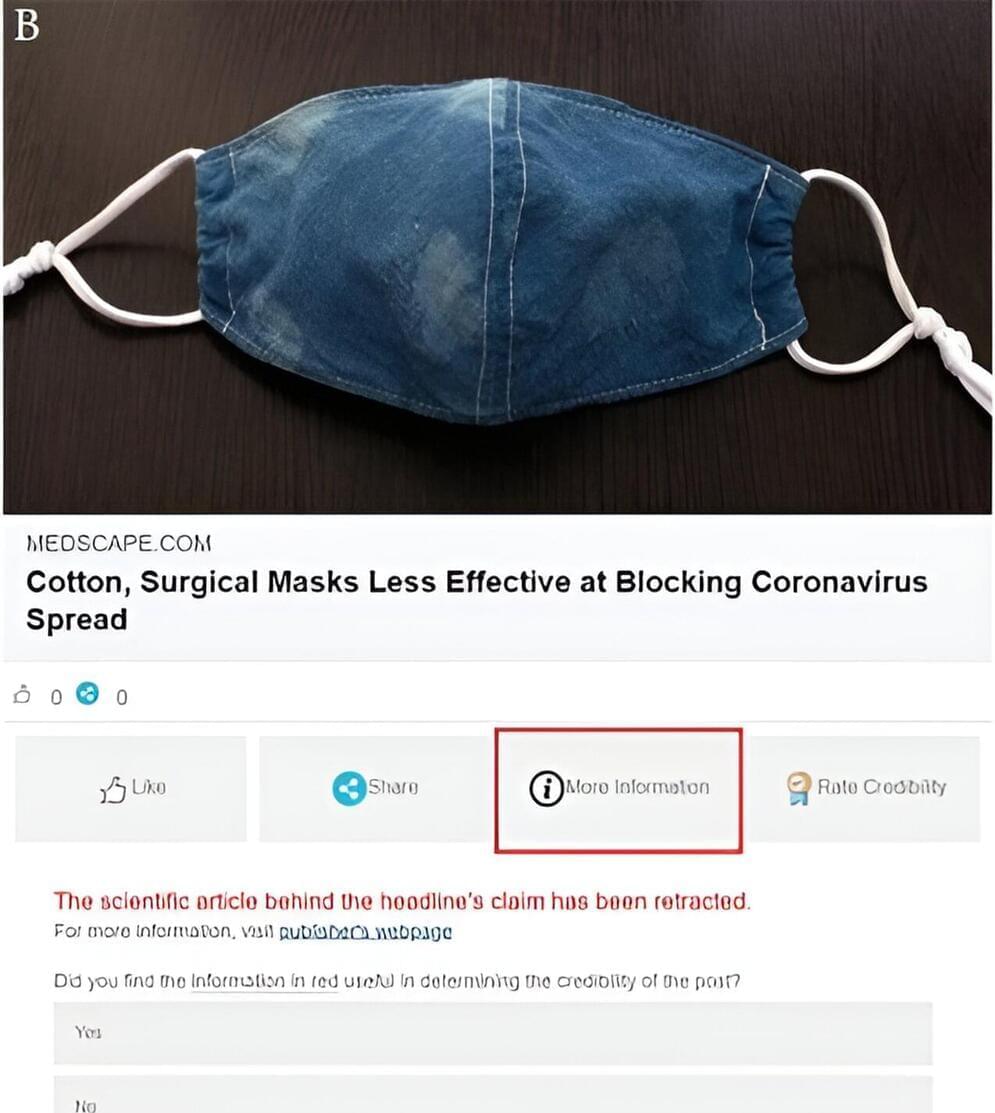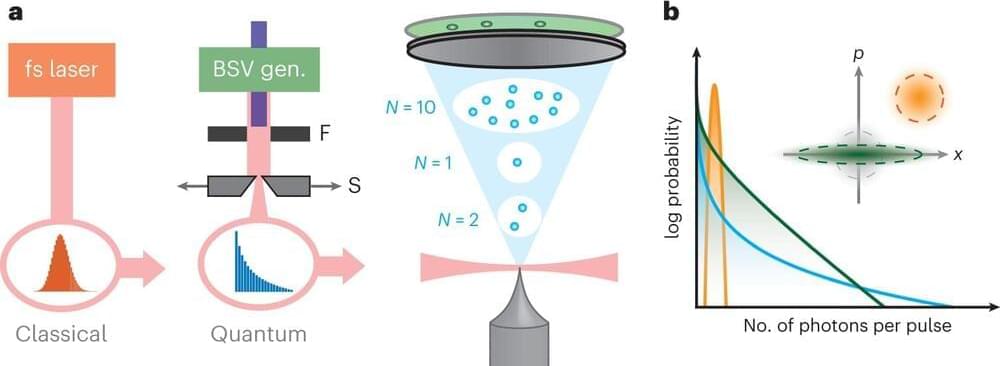In this episode, we’ve embarked on an exciting journey into the heart of quantum cosmology, exploring Stephen Hawking’s revolutionary \.
Get the latest international news and world events from around the world.
In a first, humanoid robot Sophia delivers commencement speech
AI humanoid robot Sophia delivers a historic commencement speech at D’Youville University, marking a new era in education and technology.

Frozen human brain tissue works perfectly when thawed 18 months later
In good news for future animation figureheads, there might be a new way to revive frozen brains without damaging them. Scientists in China have developed a new chemical concoction that lets brain tissue function again after being frozen.
Freezing is effective at keeping organic material from decomposing, but it still causes damage. As the water inside turns to ice, the crystals tear apart the cells. That’s why frozen meat or fruit goes a bit mushy after it’s defrosted – but a bigger problem is that it also happens with organs or tissues chilled for transplant or research.
For the new study, scientists at Fudan University in China experimented with various chemical compounds to see which ones might work to preserve living brain tissue during freezing. They started by testing out promising chemicals on brain organoids – small, lab-grown lumps of brain tissue that develop into different types of related cells.

Swedish researchers develop eco-friendly and affordable battery for low-income countries
A battery made from zinc and lignin that can be used over 8,000 times has been developed by researchers at Linköping University, Sweden, with a vision to provide a cheap and sustainable battery solution for countries where access to electricity is limited. The study has been published in the journal Energy & Environmental Materials.





Researchers realize multiphoton electron emission with non-classical light
Strong field quantum optics is a rapidly emerging research topic, which merges elements of non-linear photoemission rooted in strong field physics with the well-established realm of quantum optics. While the distribution of light particles (i.e., photons) has been widely documented both in classical and non-classical light sources, the impact of such distributions on photoemission processes remains poorly understood.
